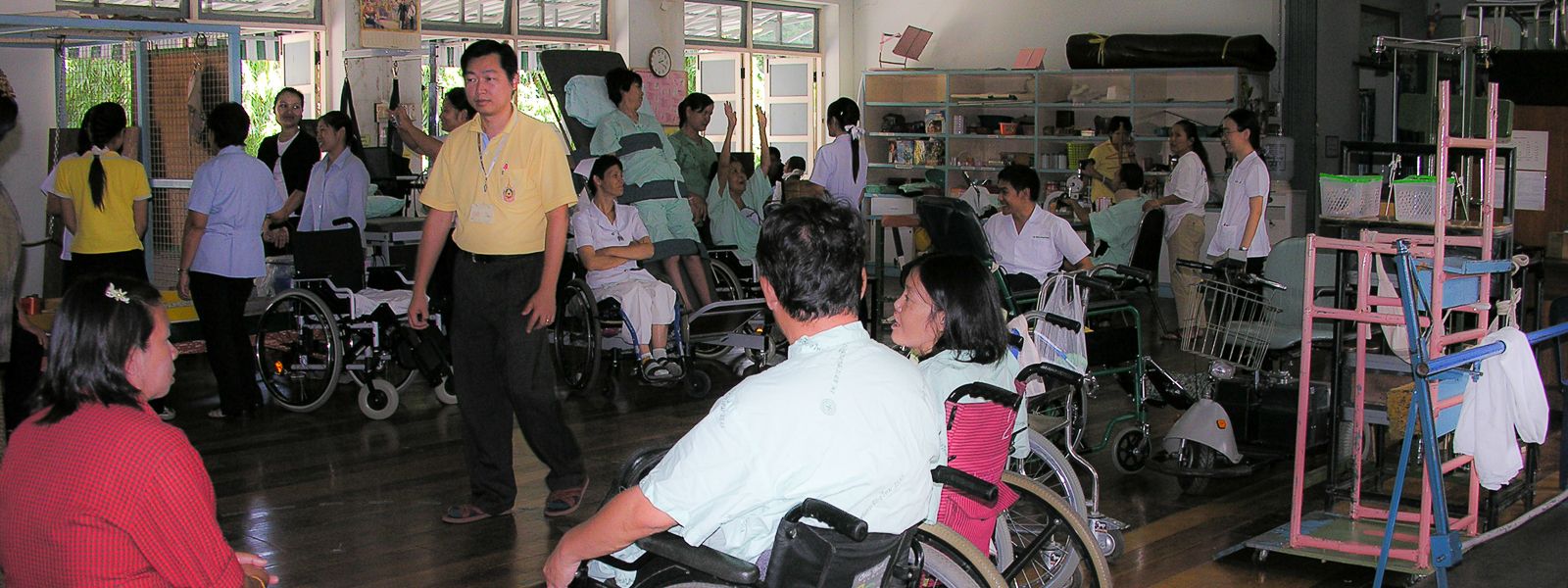
Care In Low and Middle-Resource Countries
The World Health Organization (WHO) estimates that 80 percent of people with disabilities live in developing countries. In fact disability rates are disproportionally higher in lower than in higher-resource countries.






